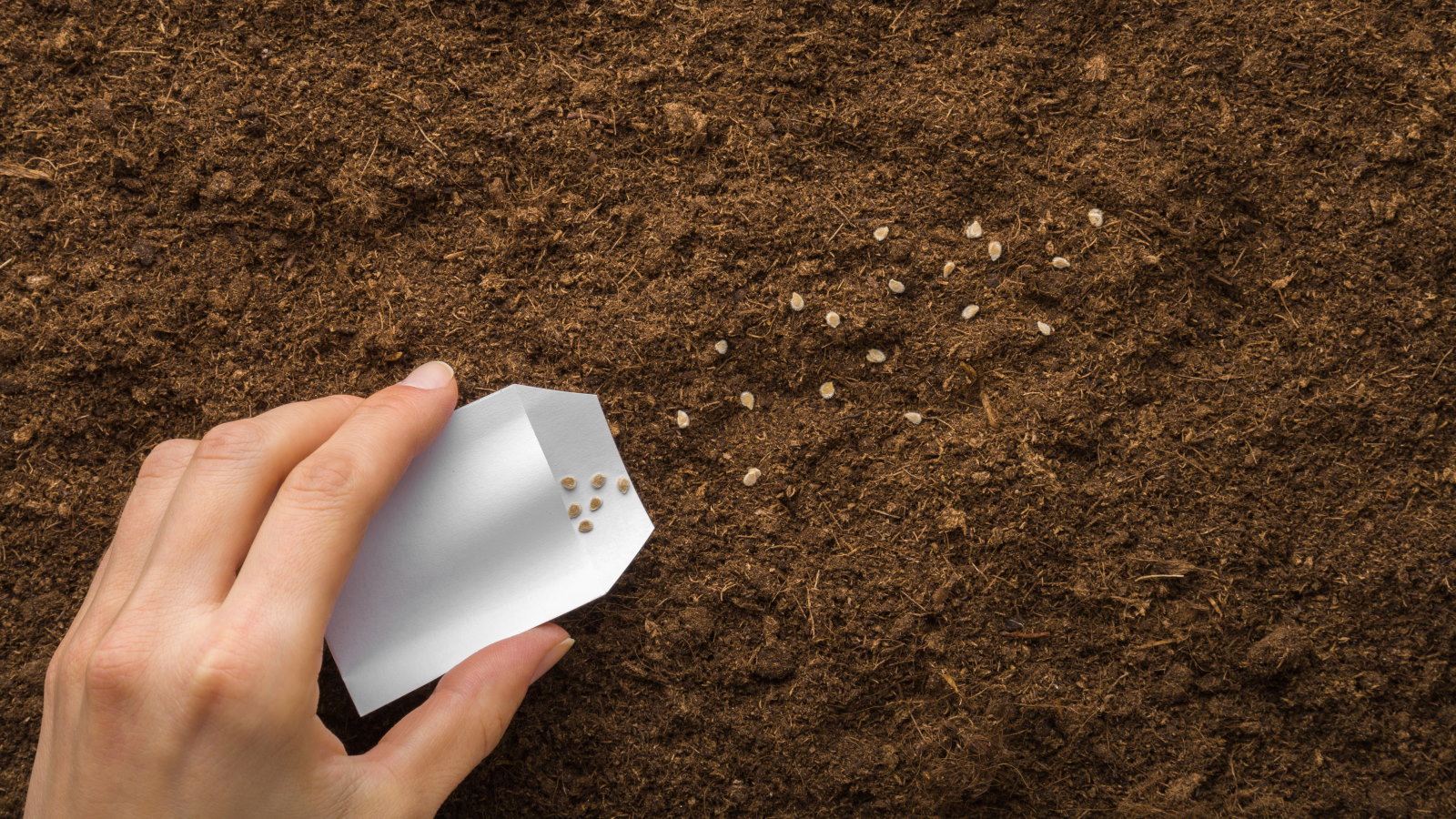
Spring is officially tulip season, and whether picking a bunch to keep in your house from your garden , or simply buying a bouquet, they’re a great way to add a splash of colour to any corner of the home . While wilted tulips aren’t necessarily a sign you should chuck them out, you might prefer your tulips to stand up straight, especially if you keep them in an area where they can easily get in the way. In fact, when tulips are properly cared for, the flowers can last up to 12 days, but require plenty of water, and will often droop if they’re dehydrated.
A vase of tulips should be filled about half way with clean water, and changed every few days, as they’ll continue growing in the water even after you’ve cut the stems. They’re also phototropic, which means they like sunlight and will often curve in an attempt to get closer to it. While they shouldn’t be placed in direct sunlight, ensuring they’re kept in a spot with enough light can help them stand straight.

But if you find they’re still wilting after trimming them and placing them in a fresh vase of water, there’s another trick that will quickly prop them back up. You might have already heard of adding a coin to the vase, but many of us don’t carry cash around anymore. Instead, this simple trick uses one item that you might be more likely to have lying around the house.
Making sure to trim the stems, use a safety pin and stick the sharp edge through the top of the stem, just below the flower. Alternatively, you can use a sewing needle, and within an hour or two of using this pin trick, your flowers should be standing tall again. The trick works by allowing air to get to the flower head.
As tulip stems are hollow, air can get trapped, preventing them from properly absorbing water and drooping as a result. But by creating a small hole in the stem, water can flow more freely up to the stem, helping them prop themselves back up and stand straight. Make sure you’re putting them back in a spot with enough light afterwards, but avoid placing them near radiators as these can also dehydrate the stems.
.















